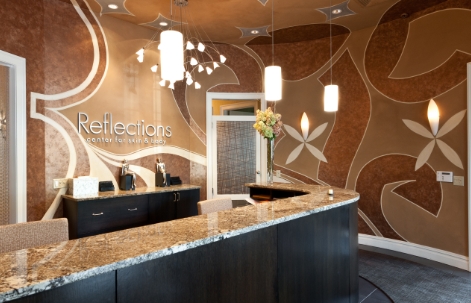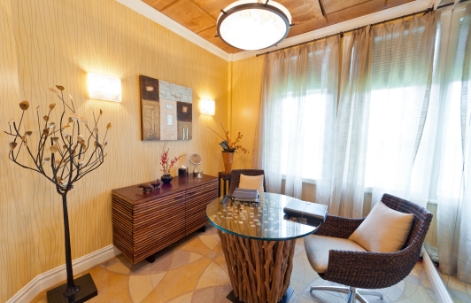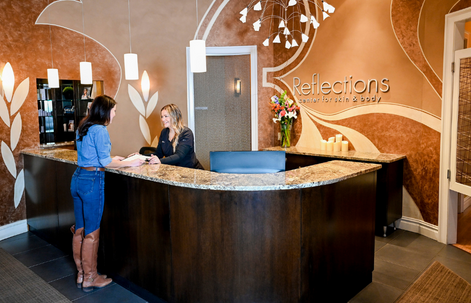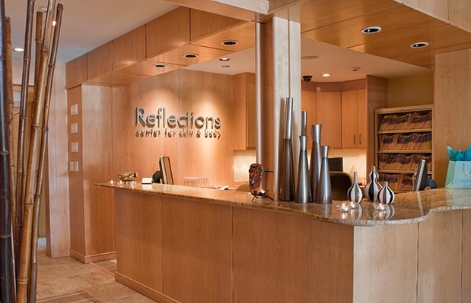Summer is here, and some of our patients are discovering little spider veins on their legs that, during the winter season, they didn’t notice. Now that your body is being exposed to the warm air and popped into swimwear, you might be stressing about those little tiny veins that suddenly have appeared during the winter!
What Are Spider Veins?
Spider veins are visible blood vessels and veins that appear as thin red lines on the surface of the skin. This is a vascular condition that is not painful, but it is often considered visually unappealing for our patients.
What Causes Spider Veins?
The veins in your calf and foot push oxygen-depleted blood back up to the heart and lungs once it’s circulated through the legs. One-way valves in the veins actually prevent blood from becoming “stuck” and remaining in the area. However, as we grow older, these valves become weaker and the pooled blood enlarges the veins. This is a condition called venous insufficiency and it is often accompanied by leg swelling and discomfort.
Some of them become varicose veins, but many become broken capillaries or spider veins. Broken capillaries just below your skin’s surface can appear due to aging, lack of exercise, prolonged standing, particularly on concrete flooring, and hormonal changes of aging and/or pregnancy. Varicose veins are similar to these broken capillaries or spider veins, but they can cause discomfort and may require treatment from vein doctors at a spider vein treatment center.
How to Prevent Spider Veins
Since some spider veins are caused by hormones, you cannot always prevent them. However, doing leg strengthening exercises during your gym sessions can help, as can elevating your legs for 20 minutes each evening if you stand a great deal during the work day. Enjoy that leg massage when your nail tech offers one during a pedicure. Avoid skin-tight clothing that restricts circulation—yes, those tight jeans might look good, but they might be squeezing your gams just a bit too tightly!
Spider Vein Treatment
Spider veins are unattractive, but not dangerous. We offer several non-invasive or minimally invasive vein treatments at our office. Laser therapy or radiofrequency ablation is often the first step for spider vein treatment. In our practice, we favor the GentleYag Nd and Vbeam Pulsed dye lasers as the most advanced lasers for leg veins. These lasers deliver intense pulses of laser light into the veins, causing them to break down and disappear over time. There are no needles used and it requires only about 20 minutes per treatment.
Varicose Vein Treatment
Varicose vein treatments are often performed with sclerotherapy in our vein treatment centers. This minimally invasive treatment uses a chemical solution injected into the varicose vein. After several treatments, the vein collapses and is safely absorbed back into the body.
Schedule a Consultation
With summer just around the corner, swimsuit season beckons. You can treat varicose veins and spider veins, getting them off your legs and out of your thoughts to help you feel confident and beautiful all summer long! Schedule a consultation today to discuss our options for minimally invasive procedures used in varicose and spider vein treatment.







